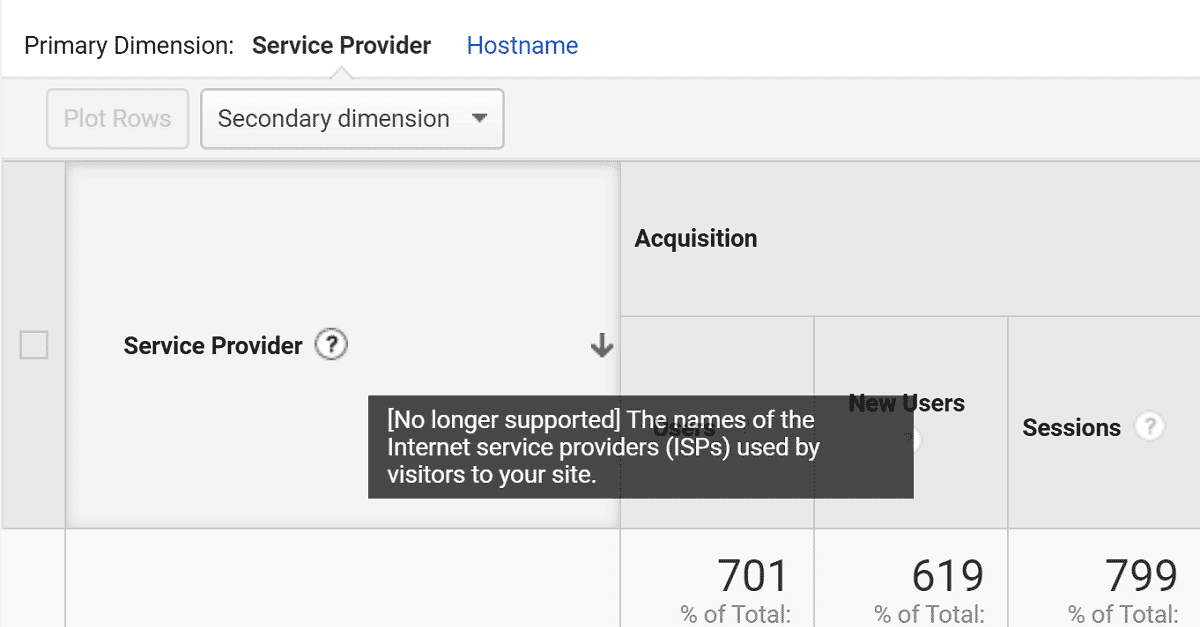Enhance Your Information Analysis Utilizing Second Dimension in Google Analytics
Exploring the capabilities of additional dimensions in Google Analytics opens up a world of possibilities for refining data evaluation. By layering added dimensions onto key data collections, a more detailed narrative arises, losing light on customer interactions and efficiency indications.
Understanding Second Measurements
In the realm of information evaluation, an important aspect to grasp is the principle of secondary measurements and their significance in drawing out much deeper insights from Google Analytics records. Secondary dimensions in Google Analytics describe additional specifications that can be included to the primary measurement, allowing for an extra comprehensive evaluation of information. By integrating second dimensions, analysts can segment and filter data to reveal patterns, fads, and correlations that could not be obvious when looking at the data in its entirety. These second dimensions can supply context and an extra extensive understanding of customer actions, traffic sources, and various other key metrics tracked by Google Analytics.

Advantages of Making Use Of Second Dimensions
When evaluating information in Google Analytics, the application of second dimensions uses indispensable insights right into individual actions and performance metrics. By including an additional measurement to your key information, you can dig deeper right into the characteristics of your internet site visitors and their interactions.
In addition, secondary dimensions aid in identifying patterns and connections that might not be quickly evident when considering the information alone. This deeper degree of evaluation can reveal valuable details that can direct advertising approaches, website optimization, and general organization choices. In addition, second measurements boost the context of your key data, giving an extra extensive view of customer engagement and performance metrics. In general, making use of secondary measurements in Google Analytics can significantly enhance the depth and high quality of your information analysis, resulting in more enlightened decision-making and improved results.
How to Include Second Dimensions
By integrating additional dimensions in Google Analytics, customers can get much deeper understandings into their information analysis process, enabling for more thorough evaluation of user habits and efficiency metrics. Adding secondary dimensions is a simple process that can significantly boost the depth of evaluation. To add a second measurement in Google Analytics, start by browsing to the report you intend to assess. When in the report, find the "Additional dimension" tab over the data table. Click on it to reveal a dropdown food selection with different alternatives such as Behavior, Innovation, and Personalized Dimensions. Select the measurement you intend to include, such as 'Source/Medium' or 'Gadget Group'. This additional measurement will certainly after that be put on your existing information, offering added context and permitting an extra detailed evaluation of user communications. By utilizing additional measurements effectively, customers can uncover important understandings that might have otherwise been forgotten, resulting in educated decision-making and enhanced performance approaches.
Studying Information With Secondary Dimensions
Using additional dimensions in information analysis offers a much more thorough understanding of individual habits and performance metrics. By adding an additional measurement to your main data embeded in Google Analytics, you can delve deeper into the characteristics of your website visitors and their communications. For circumstances, incorporating the main measurement of 'source/medium' with the secondary dimension of 'landing web page' can expose which certain pages are drawing in website traffic from various resources, aiding you maximize these web pages for far better involvement.

Basically, analyzing information with second dimensions encourages you to obtain useful understandings into customer habits, identify trends, and make informed decisions to improve the performance of your electronic properties.
Best Practices for Secondary Dimensions
In data evaluation, integrating secondary dimensions properly can dramatically improve the depth of understandings stemmed from metrics and customer behavior patterns. When using secondary measurements in Google Analytics or any type of other analytical device, it is vital to abide by ideal practices to ensure the precision and significance of the information analysis.
One key best practice is to meticulously select additional dimensions that enhance the primary dimension being examined. Selecting second dimensions that offer extra context or more segmentation can use a more detailed understanding of the information. It is additionally vital to prevent overcomplicating the analysis by consisting of way too many additional dimensions, which may cause complication or dilution of understandings.
Furthermore, it is a good idea to explore various mixes of key and second dimensions to uncover new relationships and patterns. Frequently examining and improving the choice of secondary dimensions based upon the details this contact form objectives of the evaluation can bring about more workable understandings. By complying with these finest practices, information experts can take advantage of additional dimensions effectively to improve the total information evaluation process and decision-making abilities.

Final Thought
In conclusion, incorporating additional dimensions in Google Analytics is crucial for an extensive information analysis strategy. By leveraging second measurements together with main ones, experts and marketers can reveal beneficial understandings and relationships that can inform decision-making and maximize electronic advertising methods. Comprehending just how to effectively utilize second dimensions and adhering to ideal methods will permit specialists to draw out purposeful information and enhance their total performance metrics.
Secondary measurements in Google Analytics refer to extra parameters that can be included to the key measurement, allowing for an extra in-depth analysis of data. By including secondary dimensions, experts can segment and filter information to uncover patterns, fads, and connections that may not be obvious when looking at the information as a whole. Integrating the key dimension of 'source/medium' with the secondary dimension of 'landing web page' can reveal which particular pages are attracting web traffic from various sources, helping you optimize these web pages for better interaction.
One key ideal practice is discover this info here to thoroughly pick secondary dimensions that complement the main measurement being examined. By adhering to these best methods, information analysts can utilize secondary measurements efficiently to boost the general data analysis process and decision-making capabilities.